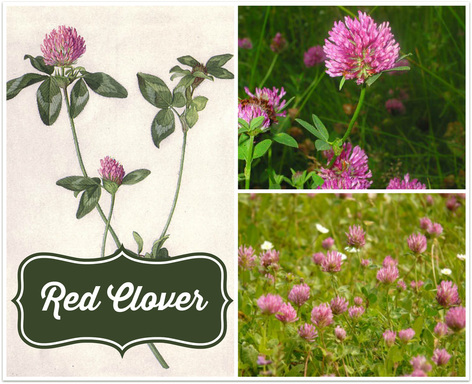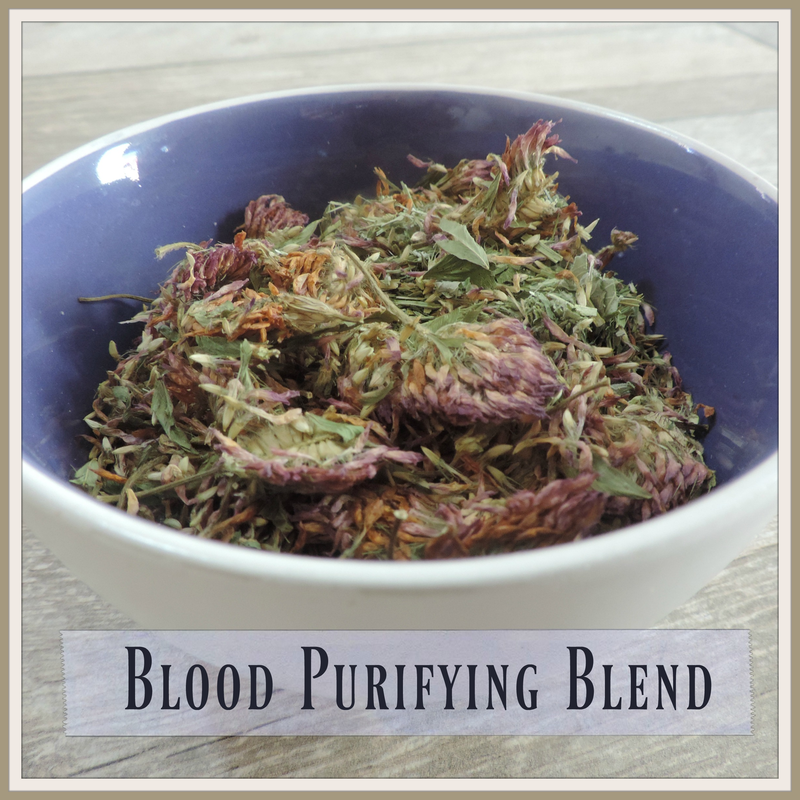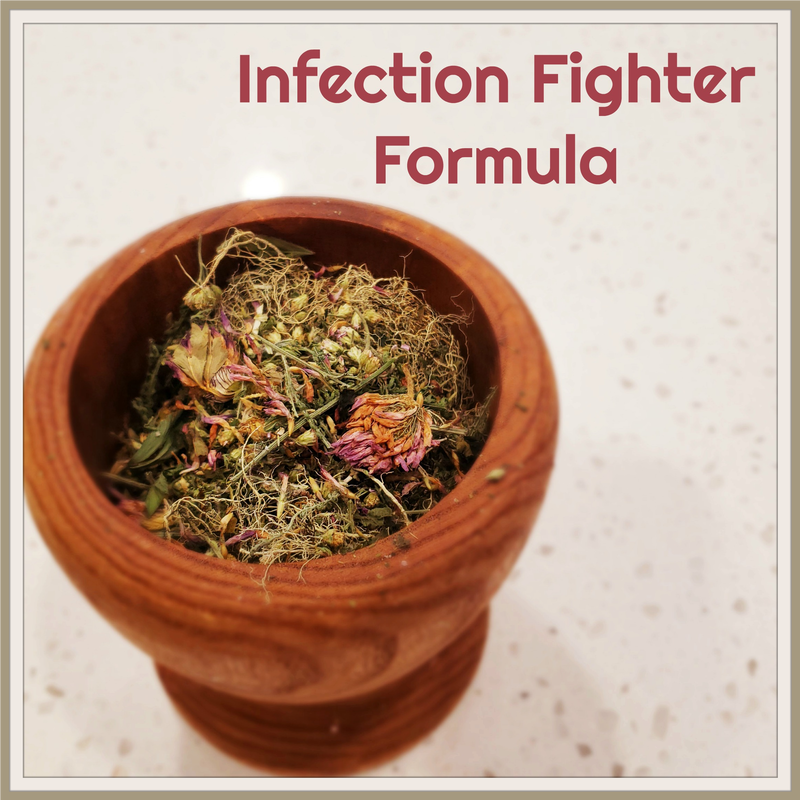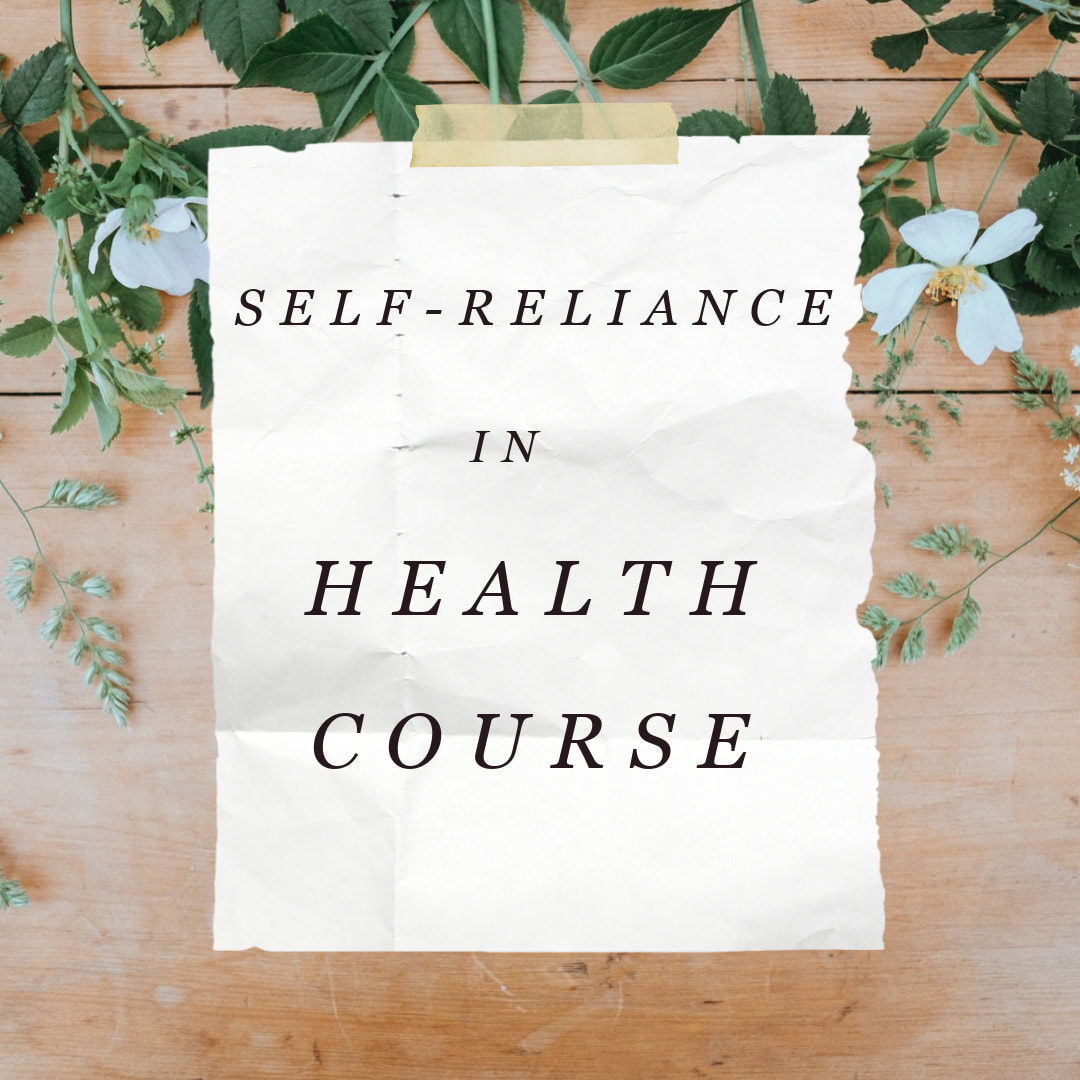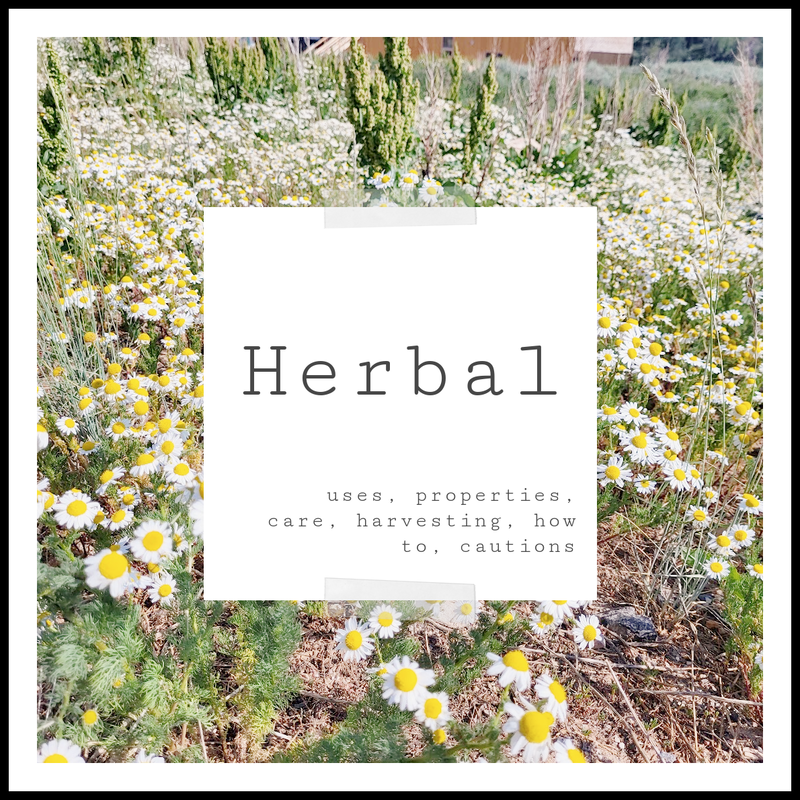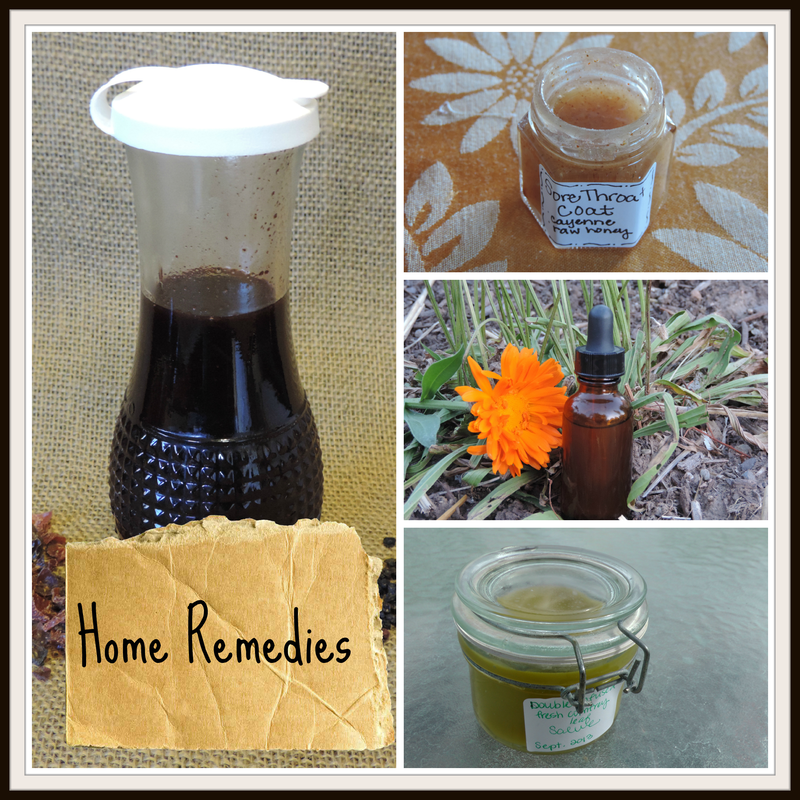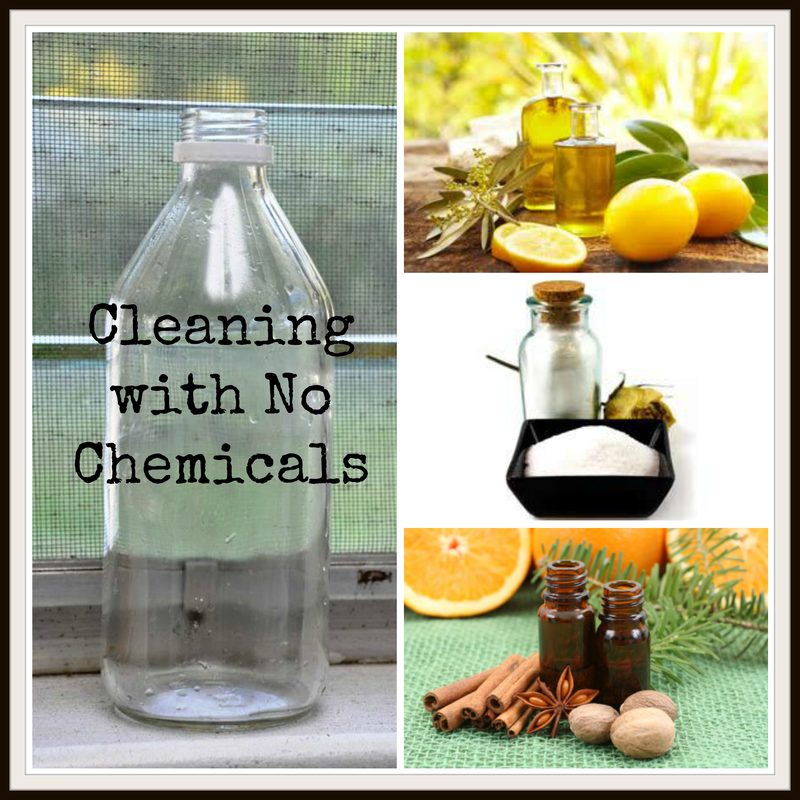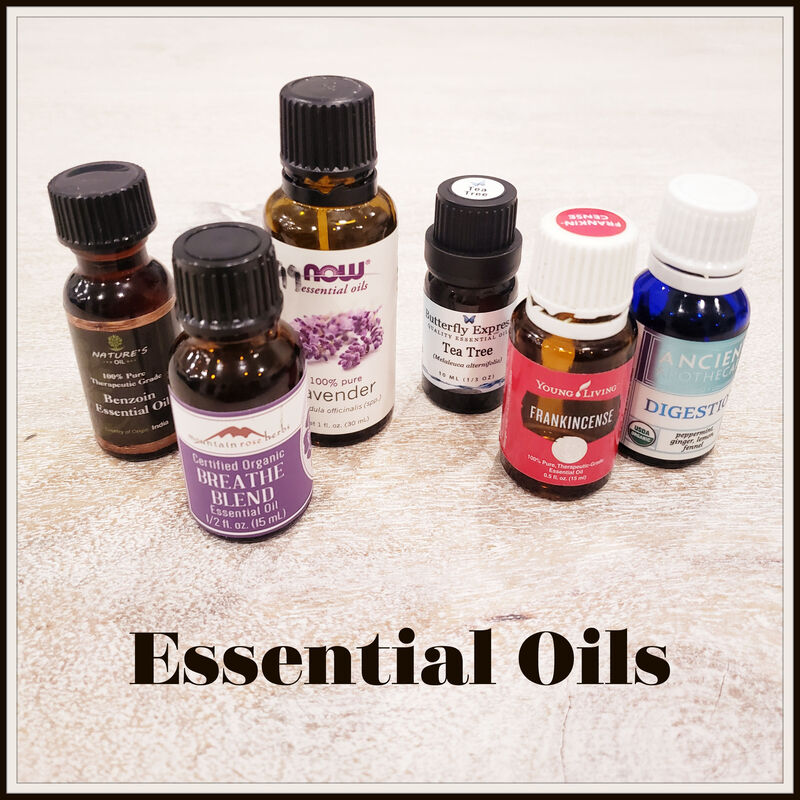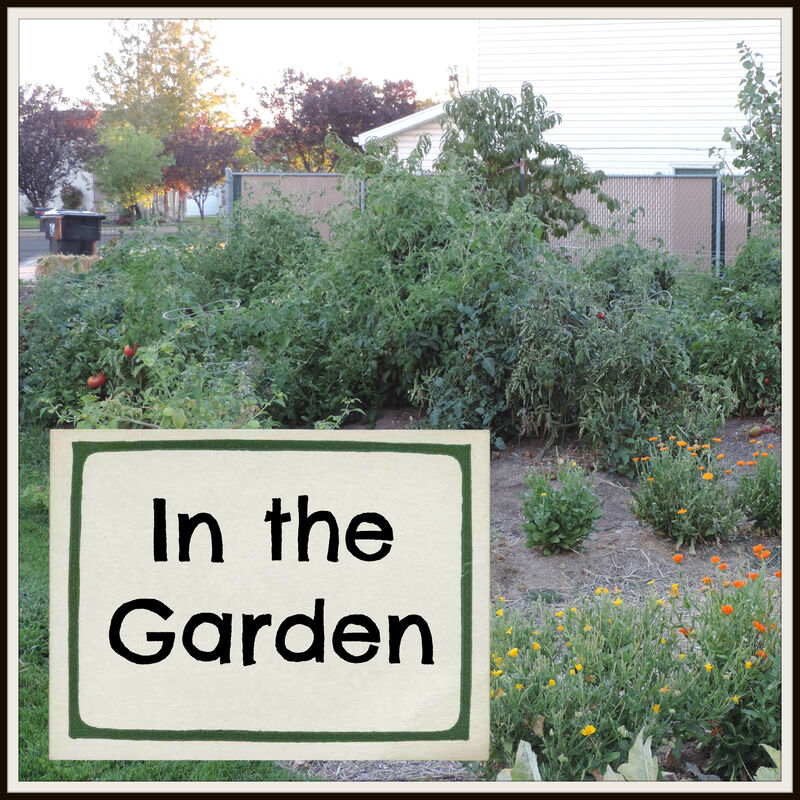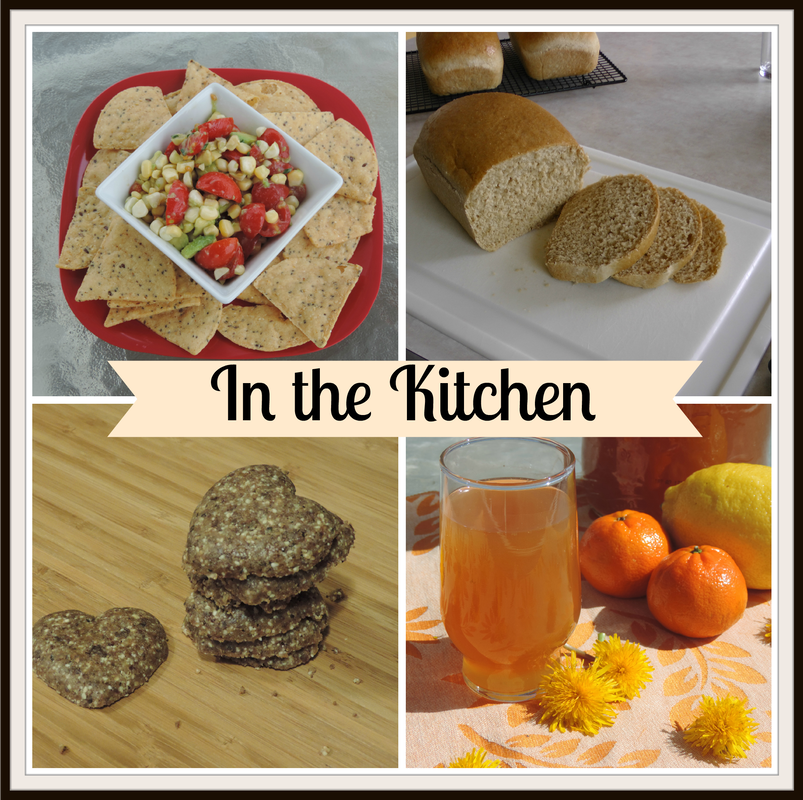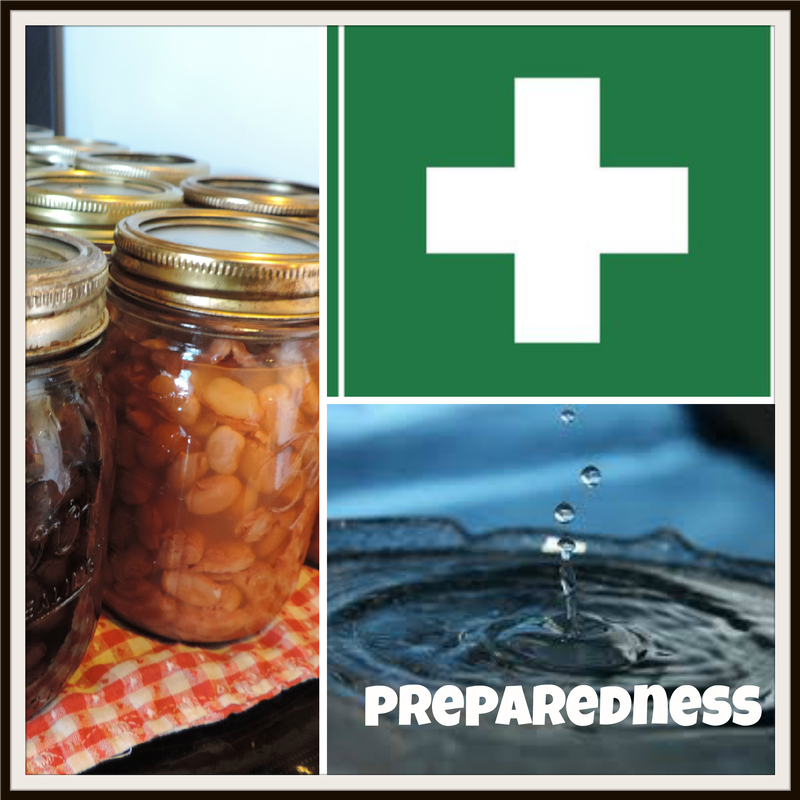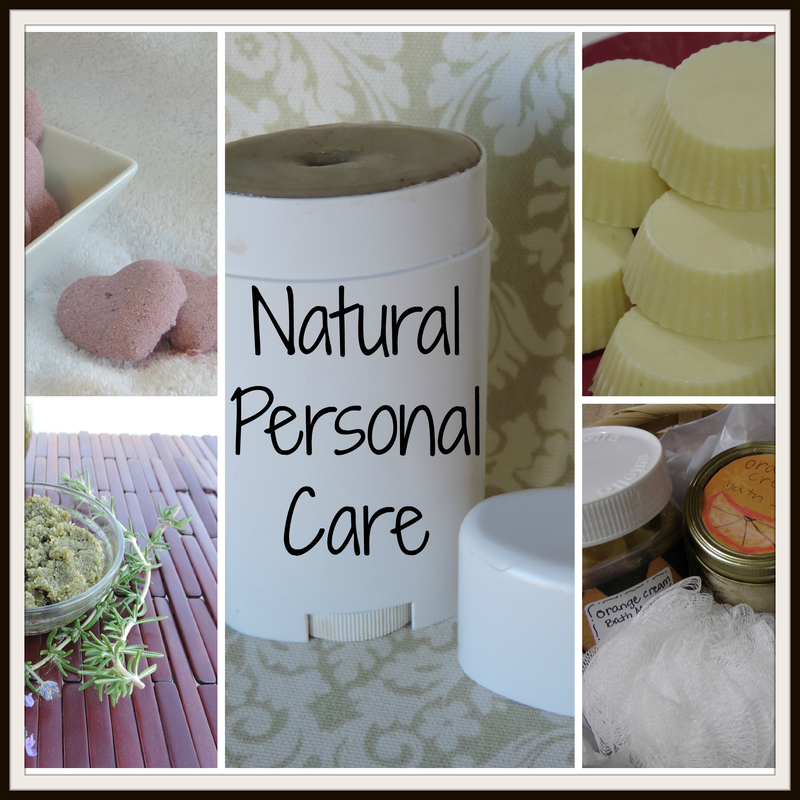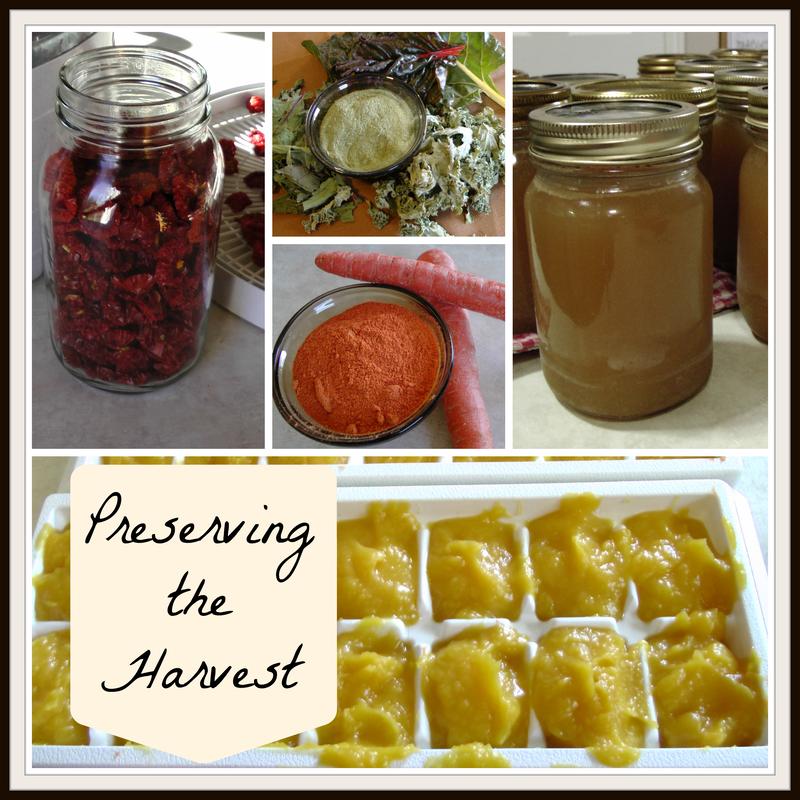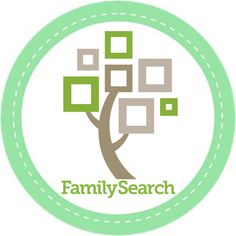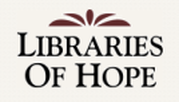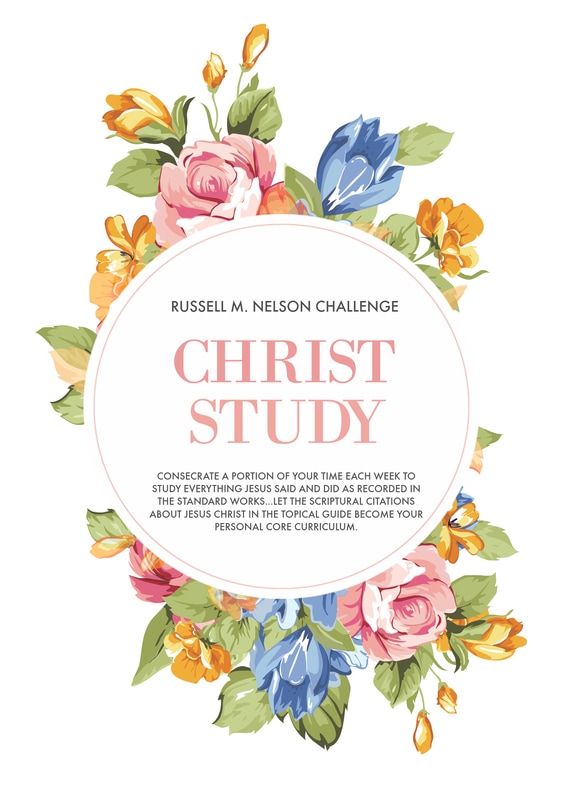Family: Legumiosae (pea family)
Parts used: both the leaves and blossoms but blossom are the most commonly used part.
As a spring sprouting perennial red clover is well known for its cleansing properties, from the blood to lymph, to the lungs and digestive tract. As it cleanses it eliminates toxins by increasing the flow of urine and bile as well as moving mucus out of the lungs and other areas of the body. Because of its cleansing property this is a great herb for treating different chronic conditions.
Properties and Herbal Actions
- anti-inflammatory
- antacid
- alterative
- antiemetic
- antispasmodic
- discutient
- diuretic
- expectorant
- nervine
- nutritive
- sedative
Medicinal Uses
- blood and lymph cleanser
- swollen glands and lymph (cleanses and expels waste)
- natural source of phytoestrogens which help the body to deal with; menopause symptoms, balancing hormones, hot flashes, mood swings, night sweats, etc.
- coughs, bronchitis, asthma, whooping cough, tuberculosis, etc. - moves mucus from lungs
- skin conditions: eczema, psoriasis, sores, infection, rashes, fungus, etc. (for its detoxing abilities)
- eye conditions: pink eye, sties, inflammation, etc.
- chronic illness, degenerative diseases, restores vitality after prolonged illness - due to the high nutrient content, all the areas of the body receive the proper nutrition to cleanse and rebuild.
- maintains healthy bone density
- digestive issues including chronic constipation
- calming effect on the whole nervous system
- Dr. Christopher among other herbalists and herbals praise this herb as a prevention and treatment for cancer. Red Clover was the key ingredient in Dr. Christopher's cancer formulas because of the cleansing, purifying properties it has on the blood.
Methods for Use
- Fresh; eat as is, throw the blossoms into salads, smoothies or any fresh dish, seeds can be soaked and sprouted.
- herbal infusion (tea)
- compress/fomentation
- tincture, glycerite, syrup
- oil, ointment, salve
- eye wash
- douche
In the Garden
- Red clover likes loamy, well-drained soil but will grow anywhere.
- Sprinkle seeds in full sun in the early spring or fall, keep moist until sprouting.
- No fuss care so just let it grow.
- Blossoms are ready to harvest right as they open and have a bright pink or red color.
- Leaves are also medicinal, just not as potent as the blossoms.
- Spring blossoms have the sweetest flavor, come fall they lose some of the sweetness.
Where Can I Get Red Clover
Caution
Herbal Blends
Resources
Red Clover Benefits - Dr. Axe
Herbal Legacy - Red Clover (2014)
The New Healing Herbs
The Green Pharmacy Herbal Handbook
Medicinal Herbs A Beginners Guide
Backyard Medicine
School of Natural Healing
